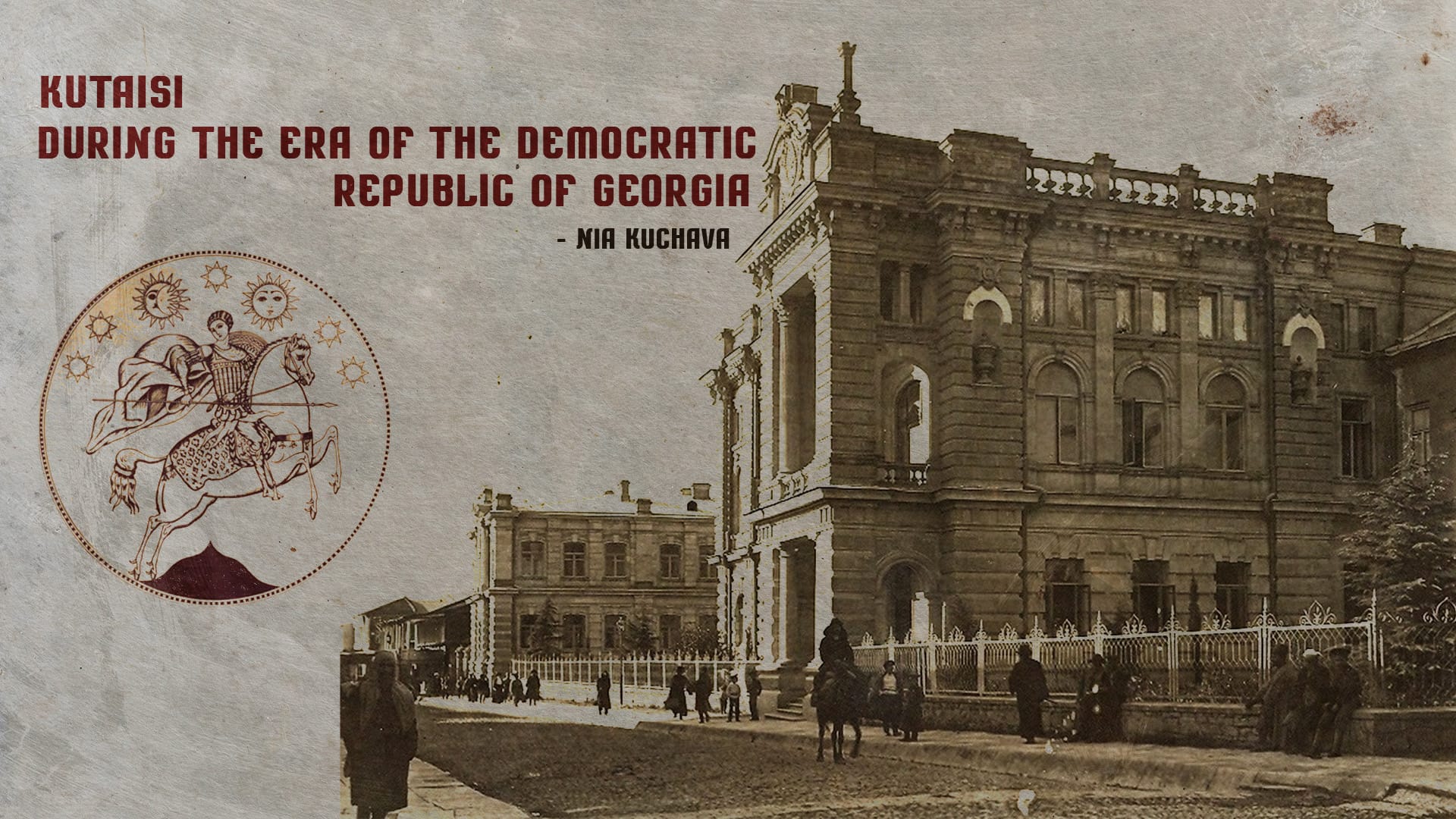Author: Nia Kuchava
When exploring the development of Georgian political thought and cultural identity, it’s fascinating to observe how individuals often establish profound connections with their historical era and the collective struggles of their time. This self-reflection allows one to align with an imagined unity of people who share similar challenges and concerns. Faced with common difficulties, this collective seeks solutions, searching for answers to their own questions. Once an individual forms a mental connection to this newly conceived collective identity, they begin a process of continuous re-evaluation of heritage, history, and ideas.
This dynamic frequently results in individuals feeling a sense of proximity, similarity, and shared purpose with others, even strangers, who exist in the same historical moment. These sensations intensify when a person sees this collective unity directly reflected in a specific cultural or political context, reinforcing their sense of identity. Therefore, it is worth considering Kutaisi within the context of the brief existence of the Democratic Republic of Georgia—a period marked by significant political and ideological transitions. Many historians argue that this era was pivotal in shaping Georgian political thought and identity.
The First Republic has become a subject of great interest and research, offering valuable insights into Georgia’s political, cultural, and social climate. It’s important to examine what Kutaisi contributed to this period, how it shaped daily life, and what innovations emerged in the city’s cultural scene.
In February 1920, the first issue of a newspaper published by the Kutaisi Gymnastics Society, “Shevardeni,” was released. After Tbilisi, Kutaisi was the second city to establish such a society. The chronicles of the society’s activities offer some compelling insights. In the newspaper’s early columns, it was asserted that gymnastics benefits both the body and mind, shaping people’s thoughts and values. The plight of the Czechs under foreign domination and Georgia’s similar struggles were linked in the first issue, with gymnastics being portrayed as a countermeasure to such oppression. This sport, in addition to promoting physical well-being, was seen as enhancing perceptions of freedom, unity, and mutual understanding.
In the young Republic, the “Shevardeni” society’s primary mission was the moral education of the populace. According to its founders, moral growth would lead to physical strength, agility, and a sense of beauty and discipline—values they deemed essential for a strong society. These values, instilled through sports competitions and other activities, would leave a lasting mark on the youth of the fledgling Republic.
Interestingly, the magazine suggested that gymnastics would appeal not only to young people but to the entire Georgian nation and its democracy. By introducing a political dimension, it became clear that sports were seen as a ritual that could instill democratic values and principles in society. Clifford Geertz, the renowned social and cultural anthropologist, discussed similar phenomena in his study Negara, where he examined local representations of political reality and the ways rituals reinforce dominant political narratives. Applying this concept to Georgia, we can see how sports, particularly gymnastics, were imbued with symbolic significance, and aimed at strengthening democratic values.
Kako Kikabidze, the exercise head of the Kutaisi “Shevardeni” society, noted that, in 1906, the city had witnessed only the surface level of what the society offered. Gymnastics was not merely a physical activity but an art form, embodying moral completeness and perfection. Kutaisi greeted this news with enthusiasm. Led by Davit Javrishvili, the society viewed sports as a hallmark of any civilized society. Javrishvili directly linked the importance of sports to Georgian cultural memory and heritage.
Meanwhile, the magazine Meocnebe Niamurebi (“Dreamy Neamores”), published by the “Blue Horns” movement, dedicated a section to the artistic chronicle of Kutaisi’s cultural transformation in 1919. At that time, Kutaisi also saw the publication of a student magazine, Tsisnsvlis Emblema (“Emblem of Headway”). In February of that year, a music school founded by Meliton Balanchivadze opened, offering mentorship from both Georgian and foreign musicians. Artistic activities, such as painting and poetry, flourished in studios and at aesthetic evening parties, becoming integral to the city’s cultural scene.
One particularly striking phrase from the chronicles reads: “Kutaisi was born to be a museum here.” While this could be interpreted as a practical statement about preserving cultural heritage, it also suggests something deeper. Kutaisi was seen as a natural repository—a city capable of chronicling and safeguarding the struggles, creativity, and achievements of its people. The ruins of Bagrati Cathedral and Gelati stand as reminders of the city’s ancient heritage, just as future generations will see museums as a testament to the modern era.
In September 1919, the magazine Chveni Kvekana (“Our Country”) published information about the renovation of the Kutaisi theater, highlighting plans for future performances and organizational details.
The era of the First Republic was short-lived, but its political and cultural changes were profound, shaping the formation of Georgian identity and the concept of Georgian statehood. Kutaisi, during this period, became a place of both hope and disappointment, a city where sincere enthusiasm and inner determination blossomed, only to be silenced by the political realities of the time. The movements, ideas, and values born in this era, however, left a lasting legacy, despite the bitter disappointments that followed.
